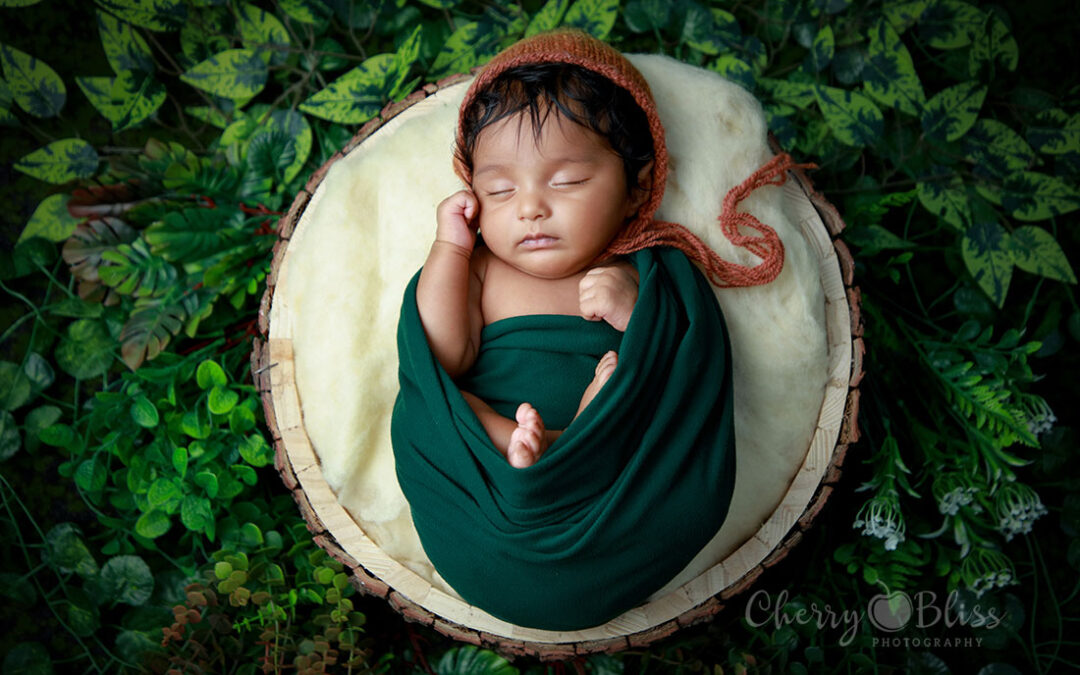When capturing the early days of your newborn’s life through photography, ensuring the utmost safety and comfort is as important as achieving that perfect shot. These elements are crucial not only for the well-being of your baby but also for the smooth running of the photo session. This guide provides essential tips on how to create a secure and soothing environment for newborn photography, highlighting best practices for parents and photographers alike.
Understanding the Essentials of Newborn Safety
The Role of a Professional Photographer
Choosing a professional photographer experienced in newborn photography is critical. These professionals are trained to handle infants gently and know how to position them safely in adorable poses. Before booking, ask potential photographers about their training in newborn safety, the precautions they take during sessions, and how they ensure a sterile environment. It’s also wise to ask for references or reviews from other parents.
Safe Environment Setup
Whether the session takes place in a studio or at home, the environment must be meticulously prepared:
- Temperature: The room should be comfortably warm (around 75-80 degrees Fahrenheit) to keep the newborn cozy, as babies this age cannot regulate their body temperature effectively.
- Cleanliness: The area should be impeccably clean and free from potential allergens.
- Quietness: A calm, quiet environment helps keep the newborn relaxed; consider using a white noise machine to help soothe the baby.
Ensuring Comfort Throughout the Session
The Importance of Temperature Control
Maintaining the right temperature is essential for the newborn’s comfort and safety. Overheating and chilling are risks to be particularly mindful of. Use layers that can be easily added or removed based on the baby’s comfort, and always touch the baby’s skin to check if they feel too hot or cold.
Proper Handling Techniques
During the session, the photographer should use safe handling techniques, including:
- Support: Always supporting the baby’s head and neck during posing.
- Transitions: Making gentle and minimal movements when changing poses.
- Supervision: Never leaving the baby unattended on an elevated surface or within reach of loose fabrics or small objects.
Use of Props and Equipment
Choose props and equipment that are specifically designed for newborn photography. Avoid anything with sharp edges, small parts, or rough surfaces. Props should be stable and soft, and complex poses that could strain the baby should be avoided.
Planning for Breaks and Needs
Scheduling Breaks
Newborns need frequent care and attention, so plan the session with regular breaks for feeding, diaper changes, and cuddling. This helps the baby stay calm and comfortable, and it’s a good opportunity to check for any signs of discomfort.
Parental Involvement
Parents should stay actively involved during the session. Your presence can be comforting to your newborn and can help soothe them between shots. Familiar voices and gentle touches from mom or dad can make a significant difference in how relaxed the baby feels.
Post-Session Care
Monitoring for Post-Session Needs
After the session, monitor your baby for any signs of discomfort or unusual behavior. Some babies might be a bit fussier after a session due to the excitement and the new environment. Ensure they have a quiet place to rest and recover after the photo shoot.
Conclusion
Safety and comfort are paramount in newborn photography. By following these guidelines, parents and photographers can ensure that the photo session is not only successful in capturing those precious early days but also safe and enjoyable for the newborn. Remember, the well-being of your baby always comes first, and maintaining a secure and calm environment is essential for a successful newborn photo session.


